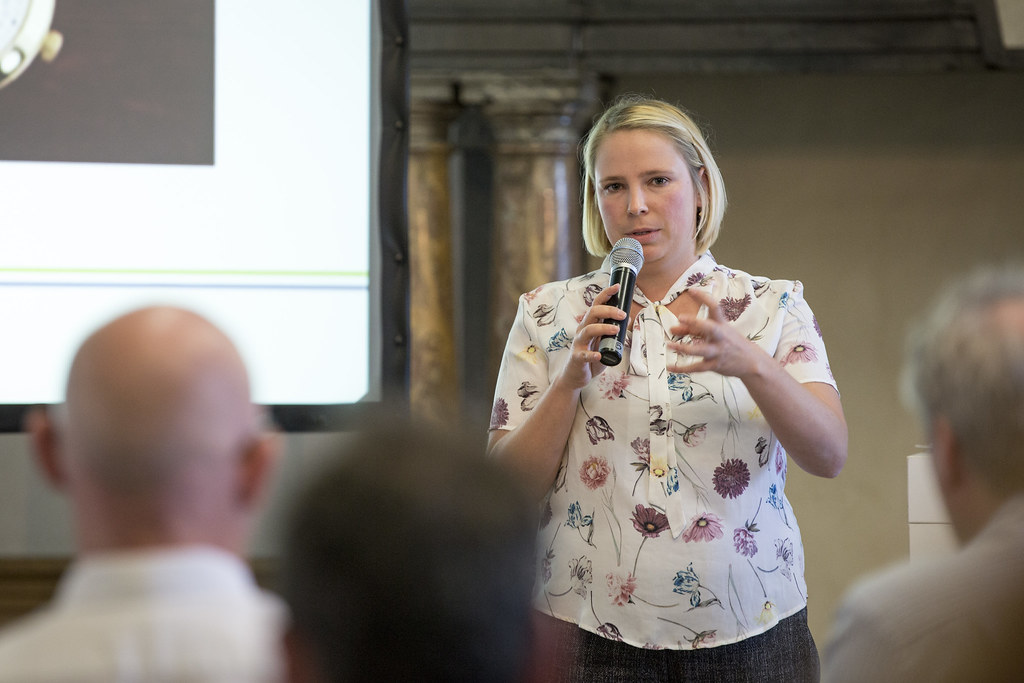While years ago, the technical feasibility has often been questioned and many stakeholders have elaborated over the costs of new underground cables, we are now at a stage where some pilot projects are in the construction phase or even operational. Experiences have been gained regarding how decisions to lay a new power line underground impact discussions with stakeholders and the public. New political frameworks on the pre-conditions and decision-making rules for new underground cables have been established.
At our workshop, TSOs and project stakeholders gave us first-hand information on different pilot projects. We collected and discussed the main conclusions so far. And, what’s even more exciting: we had the great opportunity to visit an on-going project and look at the laid cable, cable transfer station and construction site in Raesfeld.
























































































